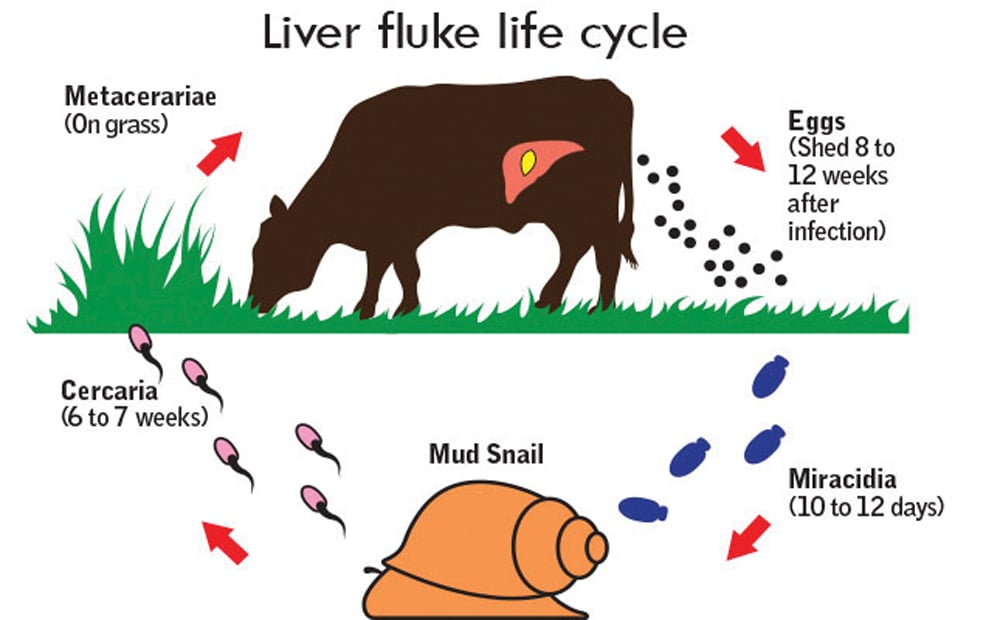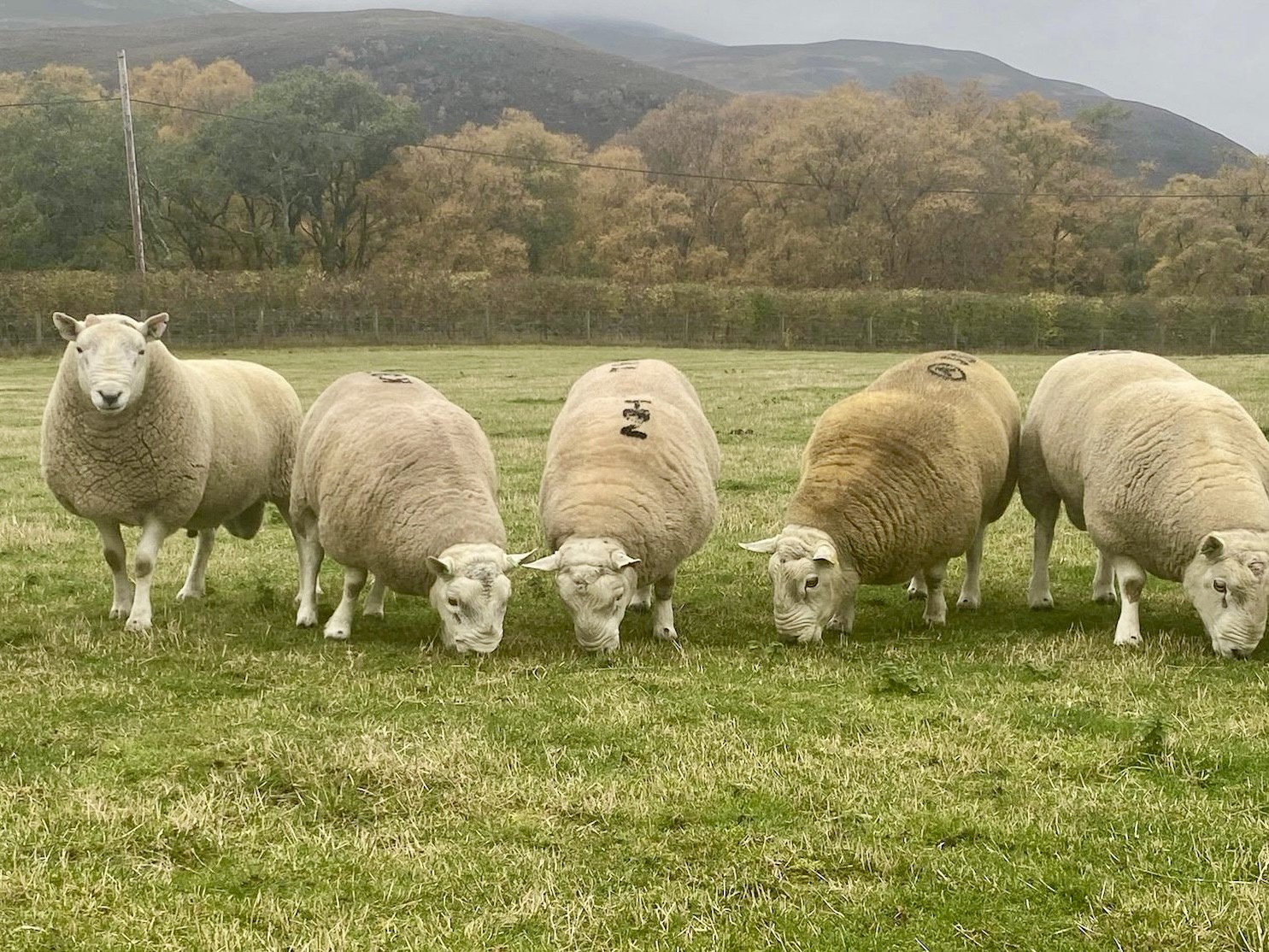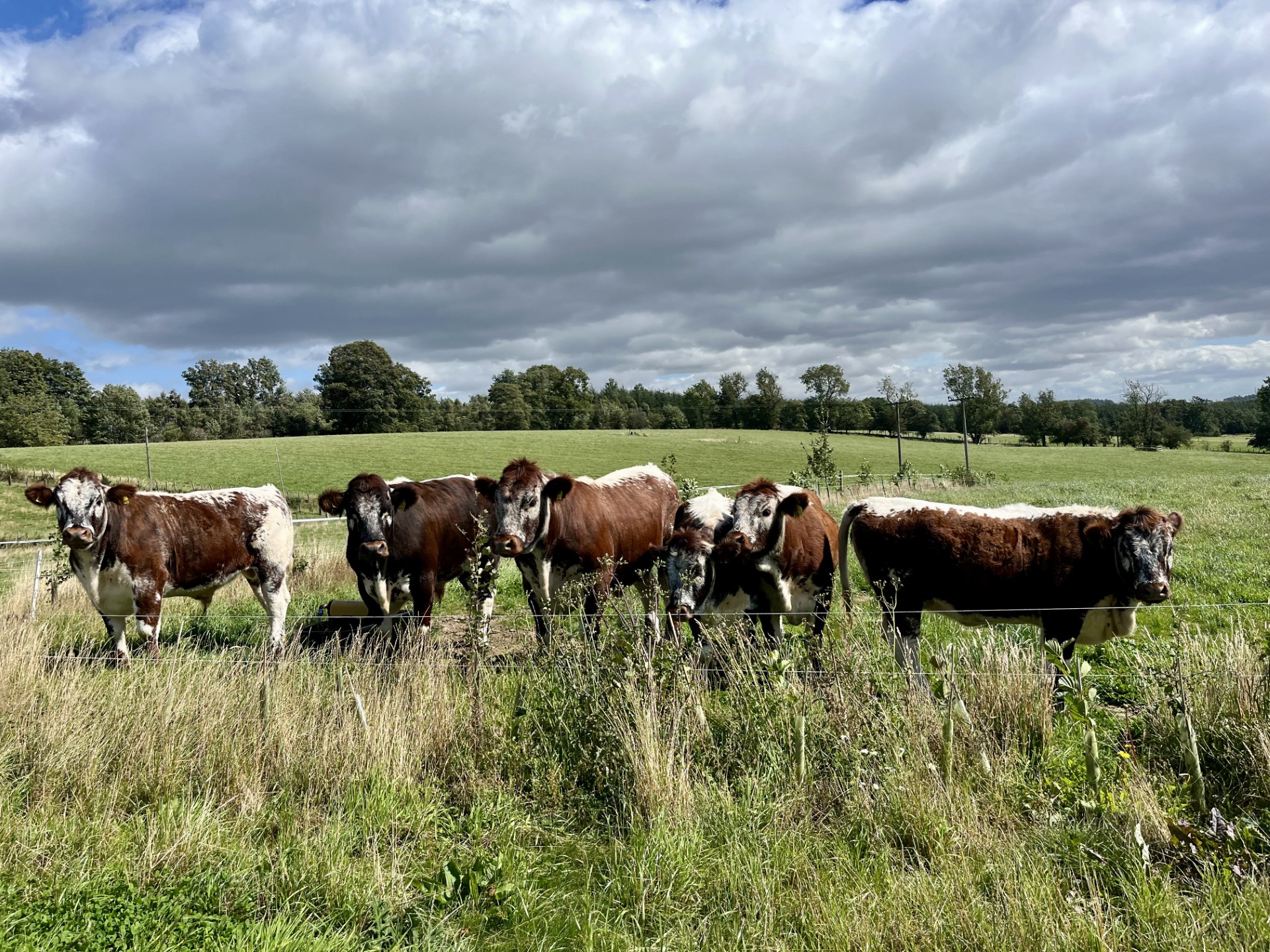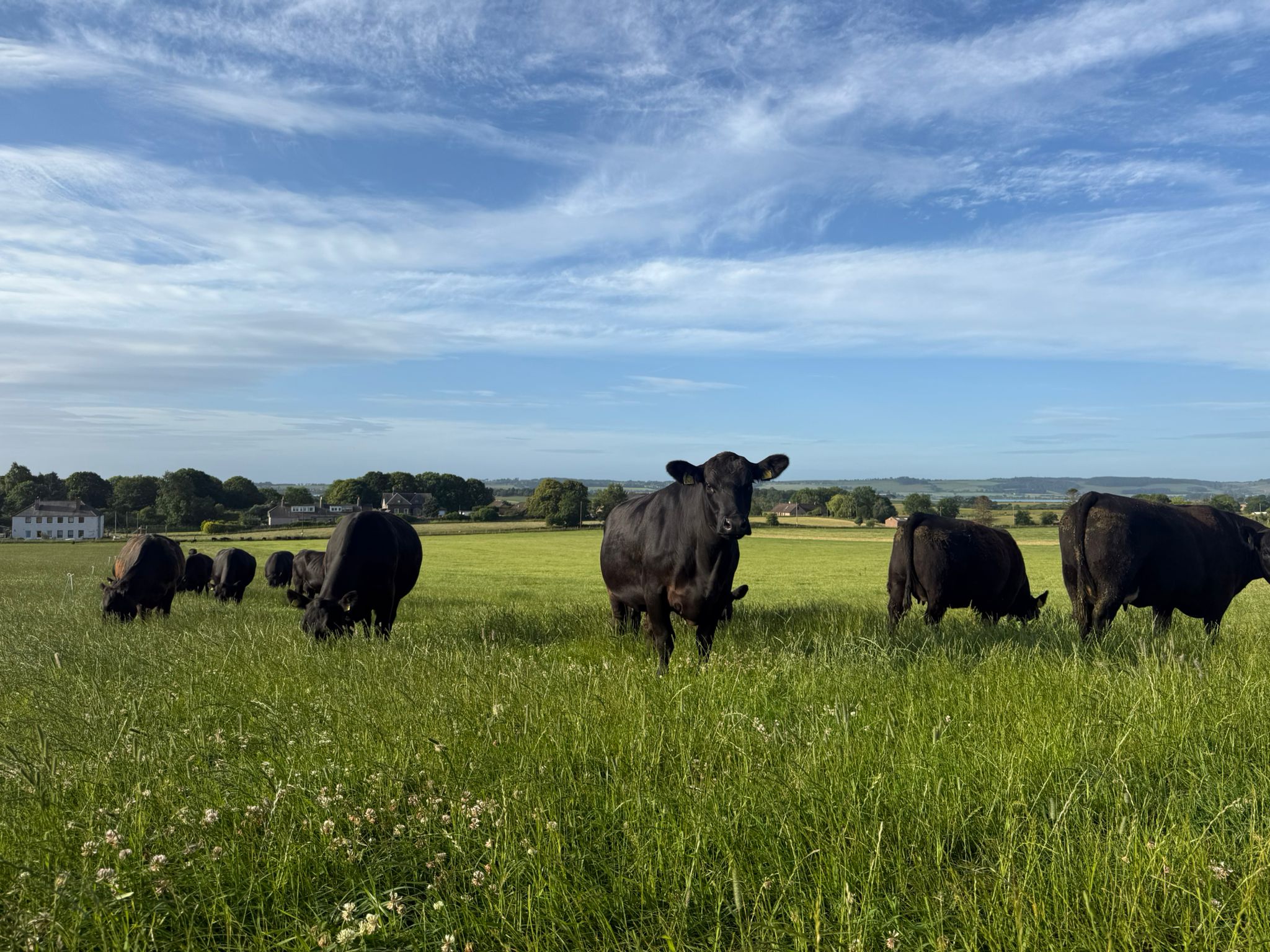Farm Newsletter November 2024
October has continued to be remarkably mild, and whilst most welcome in extending the grazing period, it does come with the hazards of a prolonged parasite season and greater respiratory disease risk for animals already housed. As such it is very important to be absolutely on the ball with worm and fluke control. We have started to see cases of pneumonia somewhat earlier than normal this year. In many cases disease has become apparent before vaccination protocols have been enacted as harvest dragged on a bit for many people this autumn. The increasing prevalence of both Lungworm and Mycoplasma Bovis also means many cattle are going into the winter with lungs that have already suffered some damage. As always early diagnosis and treatment is indicated.
The past month has seen us be very busy with routine blood sampling and preg diagnoses. Scanning has generally been favourable, where there have been problems its usually down to individual problem cows that could have been treated (or culled) or a bull that was not fertility tested prior to mating.
Please remember that animal health grants are still available for certain health tasks under Preparing for Sustainable Farming, including bull fertility testing, pneumonia investigation, lameness control, fluke and worm testing, scab testing and cull ewe screening. Tasks have to have been carried out before the end of the calendar year, so if you’ve not carried out 2 of these tasks yet this year, please remember to make the most of the available funding and get us booked in!
Bluetongue continues to be a worry with much of England now under restriction but as yet, despite a couple of scares, there is no evidence of any disease locally. There are 3 vaccines commercially available but currently there is no indication that we should be using them locally (Nor are they licensed yet for local use). The vaccines help in the control of the symptoms and disease but are not anywhere near 100% effective. The routes of transmission are airborne vectors (species of midge) and the movement of viraemic animals. Hopefully a decent frost will take care of the vectors and by being careful where we purchase stock from we can reduce the risk of importing the disease in livestock.
Thrums Vets – Animal Health Provider of the Year!
Last month we were delighted (and a little bit shocked!) to be awarded Animal Health Provider of the year at the Scottish Agriculture Awards 2024. It’s always our aim to do our absolute best for our clients, so it was lovely to be recognised for doing so. The judges reported that they were impressed with our dedicated and motivated team, our commitment to mentoring the next generation of vets and embracing modern techniques and knowledge.
Whilst we know we’re not perfect, we do try our best to give an excellent service, and its nice to be recognised for doing so. Andrew and Jennifer who went down to represent us had a great time down at the do, and we almost unrecognisable out of their wellies and waterproofs!
Liver Fluke Forecast
We would urge farmers to be vigilant for liver fluke this back end. The past couple of years have seen a low fluke risk due to generally warm and dry summers, possibly leading to some complacency. But things are likely to be different given the generally damp conditions we faced earlier this year, leading to mud snail habitats being more widespread and thus higher fluke risk to stock.
We are fortunate our risk here on the east side of the country is not as severe as in the west, but individual farm risk can vary wildly. With an unpredictable risk, the timing of any required treatment can be very important – too late or too early may lead to unwanted disease issues.
The best way to time when to treat is by blood testing small groups of first season grazers for fluke. No exposure and treatment can be delayed, if exposure is shown then treatment should be carried out ASAP. In the very near future we should have availability to have these blood results instantly at the side of the animal, which is quite exciting and very useful.
Dung testing for fluke eggs is a very useful test in our armoury, but cannot be relied upon for picking up acute infection in autumn as it takes a minimum 12 weeks between an animal being infected and starting to produce eggs. This test tends to come into its own for routine monitoring from mid-winter onwards.
As a reminder at this time of year triclabendazole based flukicides tend to be the product of choice as will kill most stages of fluke (unless TCBZ resistance has been confirmed on your farm).
Free IBR testing
|
We currently have funding for free lab fees for a number of herds to carry out surveilance for IBR, to check whether this virus is circulating within the herd. Unchecked IBR can have a significant impact on herds and we have recently dealt with nasty outbreaks of both abortion and respiratory disease where IBR was the primary cause.
Knowing your IBR status helps us inform a strategic control plan, so please let us know if you’d like to take advantage of this free testing, which can be combined with other blood sampling jobs this housing period to make life easier and cheaper! |
BVD Update
Scotland is now moving forward with stage 6 of the BVD eradication program. As we near the completion of this program we enter a slightly more dangerous phase where there is less immunity in the national herd and there is the potential for any new infections to travel further and cause more damage.
This was the previous experience in Orkney many years ago. As such good biosecurity and maintaining vaccination remains important until the disease is finally eradicated. At point of writing there are still known PI animals in Aberdeenshire as well as the known hotspots of South West Scotland. Endemic infection is still the case for English cattle. Be careful what you buy!







